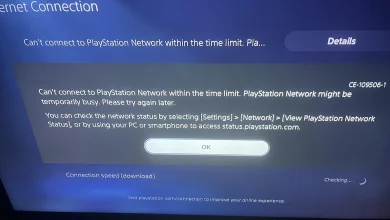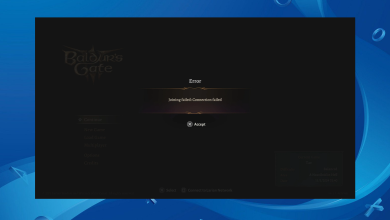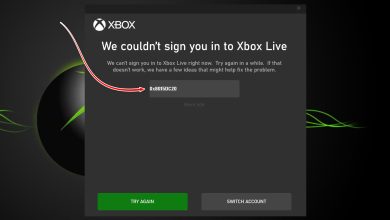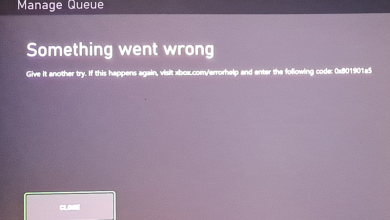[FIX] Xbox One Startup System Error E105
Some Xbox One Errors are facing a recurring startup error “System Error E105″ that prevents them from using their console. While some users are dealing with this issue at every system startup, others report that this problem occurs at random intervals.
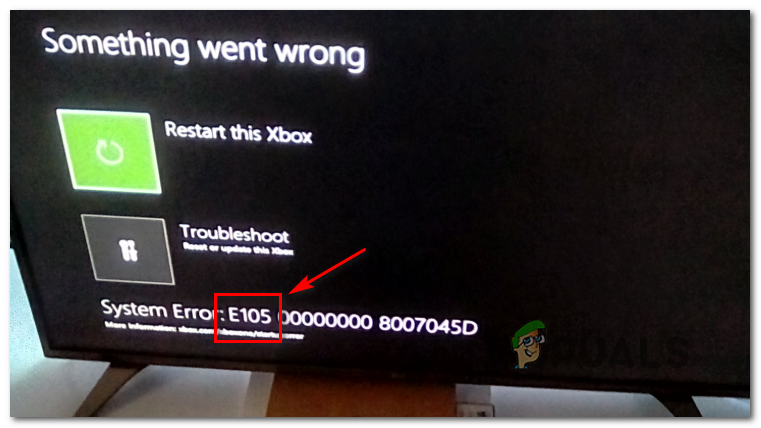
According to other users that have also encountered this problem, there are several different causes that might end up producing the System Error E105 on Xbox One:
- Corrupted files inside the temp folder – As it turns out, Xbox One has a tendency of generating temporary files passively that might eventually contribute to the stability of it’s OS. If this scenario is applicable and this problem ends up facilitating this error code, you should be able to fix the issue with a simple power cycling procedure.
- Firmware inconsistency – Under some circumstances, you might expect to see this error after an unexpected system shutdown that ended up affecting some important firmware files. In this case, you should be able to fix the issue by using the Startup Troubleshooter menu to perform a system update. (Flash drive Required)
- Corrupted System Files – It’s also possible that you are dealing with a type of persistent corrupted data that the system can’t shake by itself (unless you force it). To resolve the startup error in this case, you’ll need to boot into the Startup Troubleshooter menu and perform a Factory Reset.
- HDD Hardware Failure – Once you eliminate every software cause from the culprit list, it’s clear that you’re actually dealing with a hardware issue related to your HDD (most likely your drive is beginning to fail). If you’re not encountering the problem with an external HDD that can be removed easily, you need to send your console for repairs in order to get this resolved.
Performing a Power Cycling procedure
Before you explore any other fixing strategies, you should start by clearing the temp folder on your Xbox One console in order to remove any type of corruption that was generated passively by your system’s OS.
The most effective way of doing this is via a power cycling procedure. On top of clearing the temp folder, this operation will also drain the power capacitors which will end up resolve a myriad of HDD issues that might contribute to the apparition of the System Error E105 issue.
Here’s a quick step by step guide that will allow you to perform a power-cycle operation:
- Start by ensuring that your console is booted and into an idle mode (not in hibernation).
- On your console, press the Xbox button and keep it pressed for 10 seconds or until you see that the front LED stops flashing and you can hear the fans shut off.

Performing a hard reset - Once your console is fully turned off, release the power button and disconnect the power cable from the power outlet in order to ensure that the power capacitors are completely drained. After you disconnect the power cable, wait for a full minute before plugging it back in.
- Power up your console once again and pay attention to the next startup. If the long Xbox animation appears, you can confirm that the operation has been successful.

Xbox One long starting animation
In case you still end up seeing the “System Error E105″, move down to the next potential fix below.
Update console’s firmware manually
It’s also possible that you are seeing this error due to a firmware inconsistency that might occur after an unexpected system shutdown. As it turns out after this might end up causing some firmware issues that might inhibit your console ability to boot.
If this scenario is applicable, you should be able to fix the problem by overriding the current firmware with the latest version available on Microsoft’s official download website. This operation was confirmed to be successful by several users that were also encountering the System Error E105.
In case this scenario is applicable to your current situation, follow the instructions below to update your console’s firmware manually, and override the current OS version on Xbox One:
- Start by preparing a USB flash drive that you will later use to perform the offline update – you will need a PC for this.
- Insert the USB drive into a PC and format it to NTFS by right-clicking on the drive in File Explorer and clicking on Format… from the newly spread context menu. Next, set the File System to NTFS and then check the box associated with Quick Format before clicking on Start.

Using the quick format - After you’ve ensured that your flash drive is correctly formatted, visit this link (here) and download the latest version for your Xbox One console.
- Once the download is complete, extract the contents of the archive (the $SystemUpdate folder) on the root folder of the flash drive.
- Once the operation is complete, safely remove your USB drive from your PC and plug it into your console.
- Return to your console and press and hold the Bind + Eject button at the same time, then short press the Xbox button on the console (while continuing to press Bind + Eject).
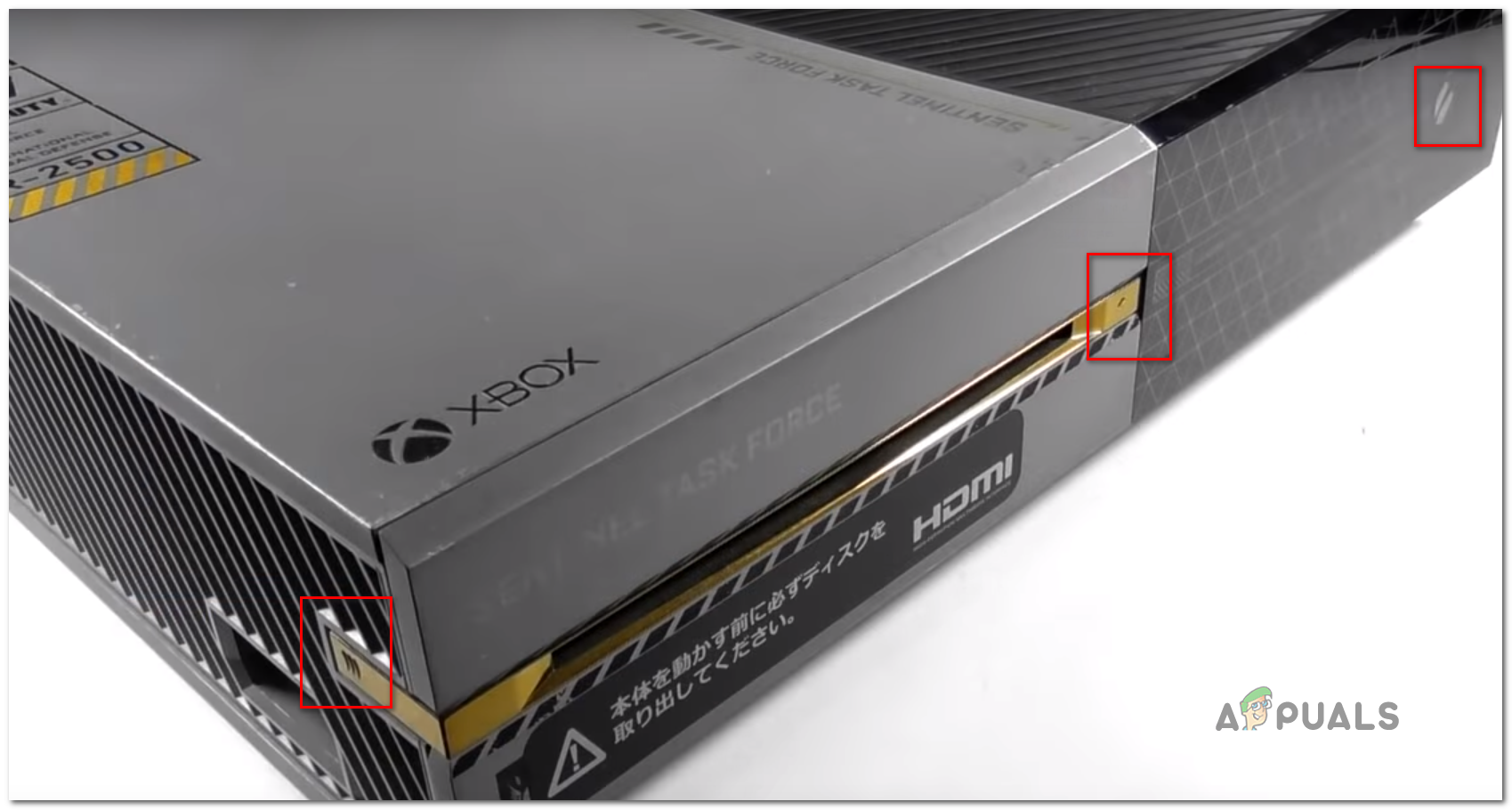
Opening the Xbox One Startup troubleshooter Note: If you’re encountering this issue on the One S Digital edition, press and holt the Bind + Xbox button only.
- After you hear the first 2 consecutive tones, release the Bind and Eject buttons and wait for the Startup Troubleshooter screen to appear on your screen.
- Once you see the Startup Troubleshooter screen, insert the flash drive that contains the update files and access the Offline System Update box once it becomes available. Once it does, select that option, and press X to access it.
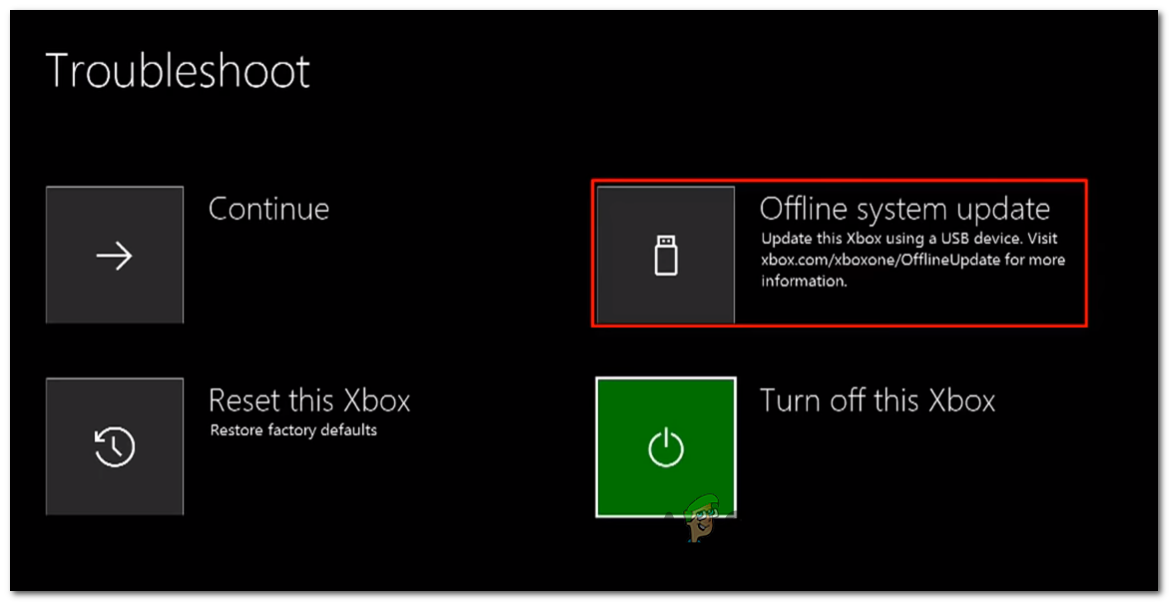
Accessing the Offline System Update option - Confirm the operation and wait for the process to complete. Depending on the aspects of your USB flash drive and whether you’re using an SSD or HDD, this might take well over 10 minutes.
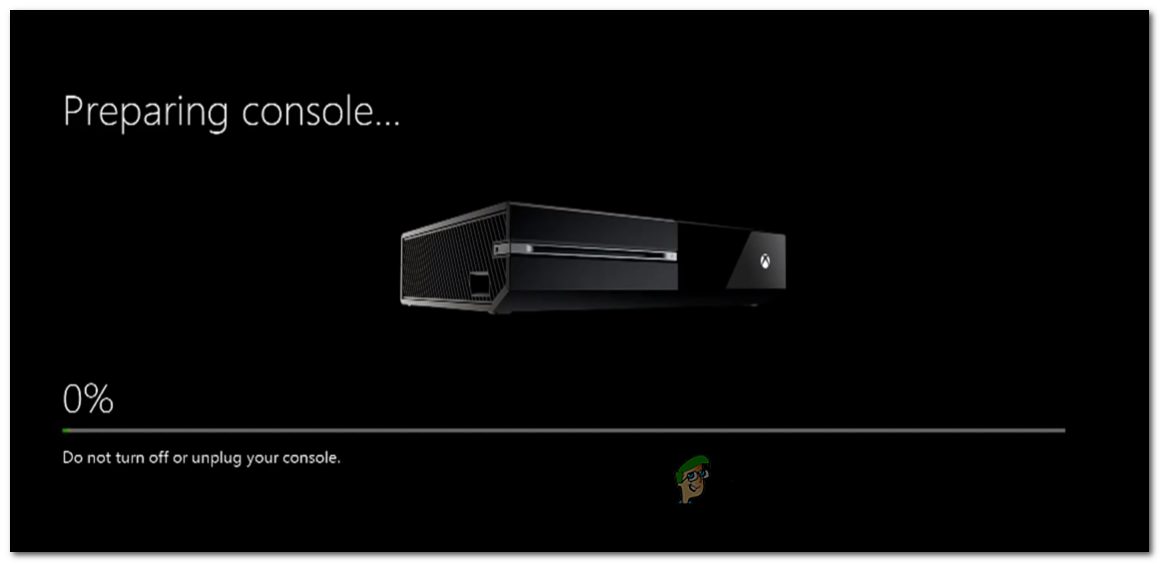
Installing the latest OS version of Xbox One manually - Once your system’s firmware has been updated, move down to the next potential fix below.
Restore Xbox One to Factory State
If power-cycling and updating your Xbox One console didn’t allow you to fix your particular instance of the System Error E105, you might be actually dealing with some type of persistent corrupted data that might have been affected by an update interruption or by a power surge.
The bottom line is if you’re dealing with a persistent corrupted OS file, updating your firmware will not get the issue resolved. In this case, your only hope at fixing the issue (if it’s not hardware related) is to a deep factory reset using the Startup Troubleshooter menu.
IMPORTANT: Keep in mind that this operation will end up erasing every installed game, application any data associated with your Xbox Live account (including save games). If your data is not yet backed up and you can still start up your console, we encourage you to boot your console and save you data first before following the instructions below.
If you’re willing to restore your Xbox One to its Factory state and you understand the consequences, follow the steps below to achieve this via the Startup Troubleshooter menu:
- Ensure that your console is turned off completely, then unplug the power cable to ensure that you drain the power capacitors.
- Wait for 30 seconds or more before plugging the power cable back on.
- Instead of powering on the console normally, press and hold the Bind + the Eject button at the same time, then short press the Xbox button on the console.

Bringing up the Xbox One Troubleshooter Note: If you have the All-Digital Edition of Xbox One, bring up the Startup Troubleshooter by holding the Bind button and pressing the Xbox button on your console.
- Continue holding the Bind and the Eject button for at least 15 seconds or until you hear the second power-up tone – the two tones are a few seconds apart. After you hear both tones, you can safely release the Bind and the Eject buttons.
- If the operation is successful, you will eventually see the Xbox Startup Troubleshooter opening automatically.
- Once you’re inside the Startup Troubleshooter menu, use the Reset this Xbox menu and select Remove Everything once you’re prompted by the confirmation window.

Resetting the Xbox one via the Startup Troubleshooter Note: Keep in mind that once you commit to this, this operation will end up clearing any type of user data including installed applications, games and any game saves that are not backed up on the cloud.
- Wait patiently until the process is complete. At the end of this operation, you will be returned to the home screen.
Once your Xbox One console is returned to its factory state, attempt to start it up conventionally and see if the issue is resolved.
If you still end up seeing the System Error E105 during startup or you got a different error during the process of reverting your console to the factory state, move down to the next section below.
Replace HDD (sent for repairs)
Keep in mind that System Error E105 is code for an HDD issue – If none of the fixes below have worked for you, you’ve essentially eliminated every firmware and OS issue that might trigger this behavior.
So if you have reached this method with no resolution, you can safely assume that you are dealing with a hardware issue originating from your HDD. If you’re encountering the issue with an external HDD or SSD, disconnect it from your console and see if the error disappears while you attempt to boot from your in-house storage device.

However, if you’re encountering the System Error E105 problem with a built-in HDD, you have little choices other than reaching out to MS to set up a repair ticket. You can do this from this link (here).
If you’re not under warranty, you can either pay for the repairs or you can take your console for investigations in your local area.
